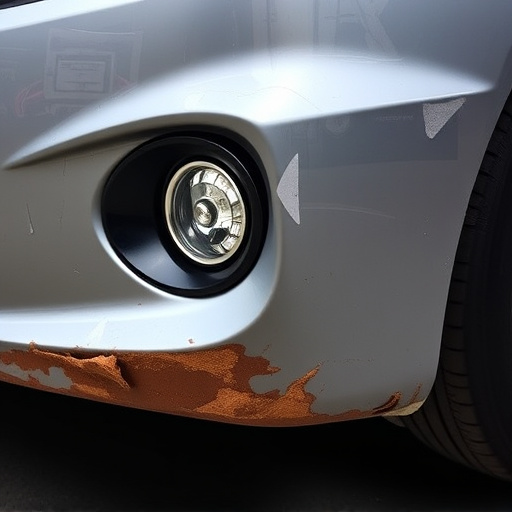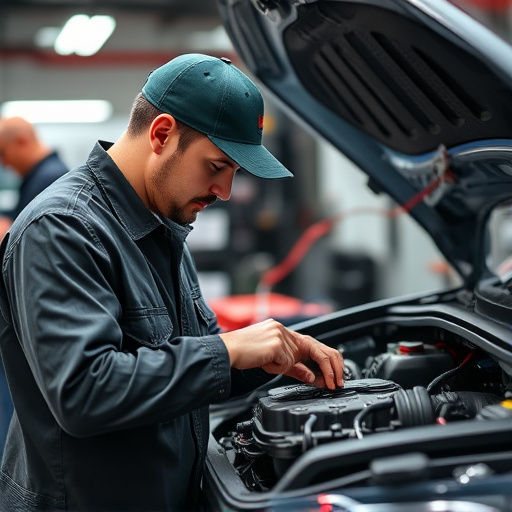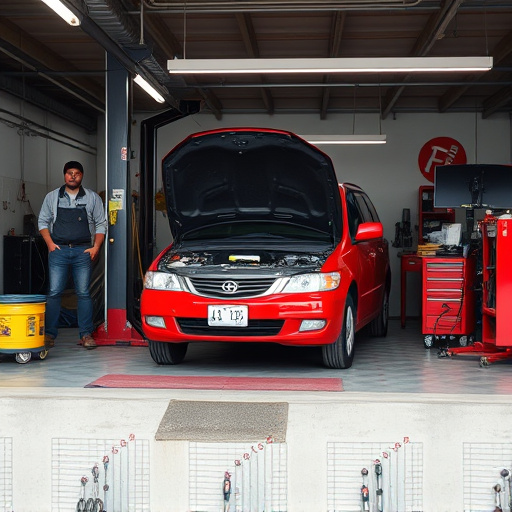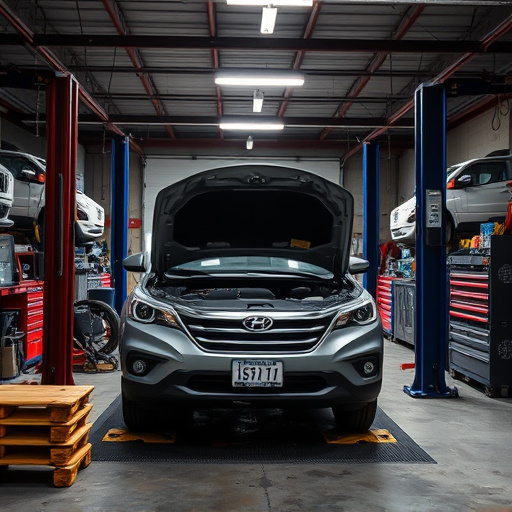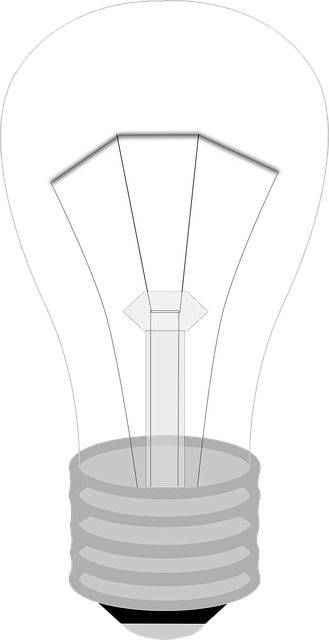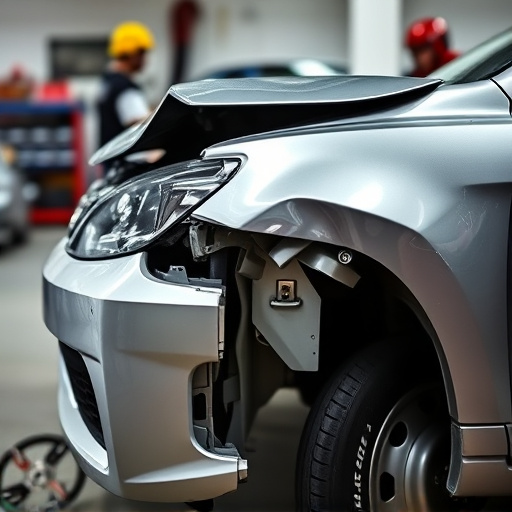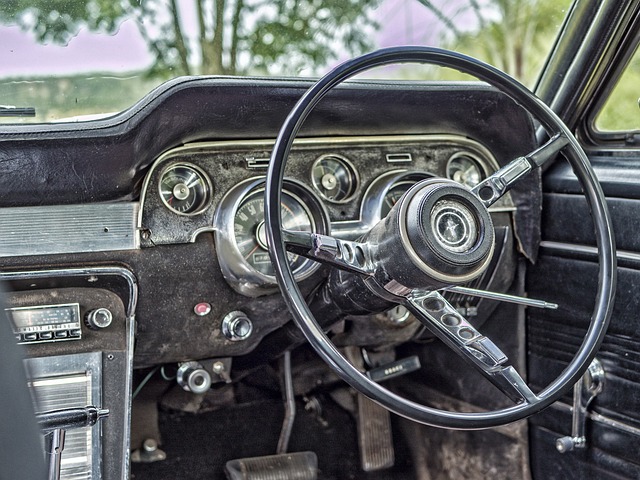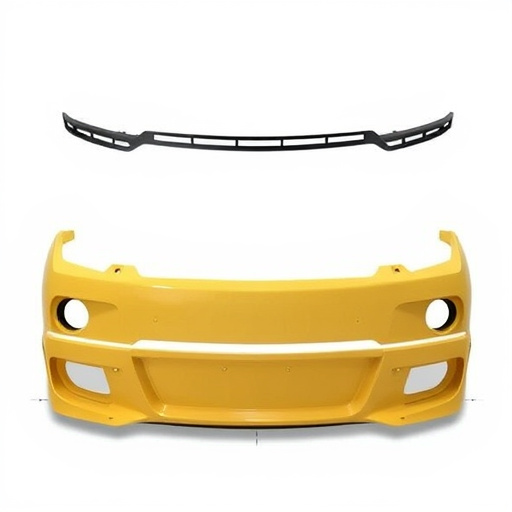A Tesla totaled vehicle assessment requires industry expertise and adherence to Tesla standards and general restoration practices. It involves meticulous inspection of every component, considering physical damage, part availability, and repair complexity for fair evaluation. This process offers Tesla owners peace of mind and options for successful car restoration or acquisition of like-new parts, while navigating legal considerations and insurance claims procedures for streamlined processing.
“Uncover the art of correctly assessing a Tesla totaled vehicle with this comprehensive guide. In the world of electric vehicles, understanding specific standards is vital for accurate evaluations. We’ll walk you through the process, from interpreting damage to checking functionality, ensuring every detail aligns with industry best practices. Additionally, we’ll shed light on legal considerations and insurance claims, providing valuable insights for professionals navigating Tesla totaled vehicle assessments.”
- Understanding Tesla Totaled Vehicle Assessment Standards
- Step-by-Step Guide: Assessing Damage and Functionality
- Key Components: Legal Considerations and Insurance Claims
Understanding Tesla Totaled Vehicle Assessment Standards
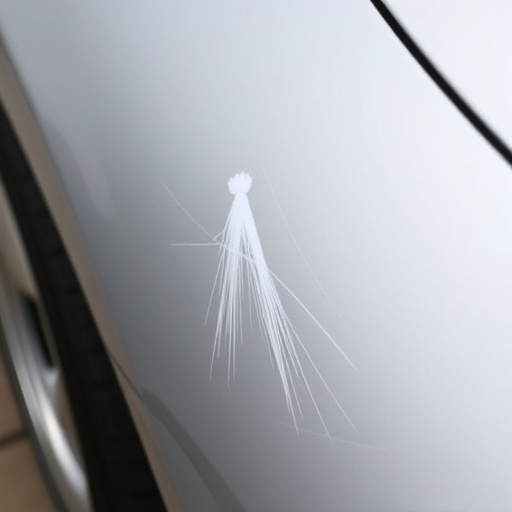
Performing a Tesla totaled vehicle assessment requires a deep understanding of industry standards and specific guidelines set by Tesla for such evaluations. These standards are designed to accurately determine the feasibility of car restoration, or whether it’s more practical to utilize parts from another vehicle. The process involves meticulously examining every component of the damaged Tesla, from the frame and body panels to intricate electrical systems.
It’s crucial to consider not only the physical damage but also the availability of replacement parts and the complexity of repair procedures. Car bodywork services professionals must possess expertise in both Tesla models and vehicle restoration techniques. By adhering to these assessment standards, they can ensure a fair evaluation, providing peace of mind for owners navigating the aftermath of a totaled vehicle, and potentially opening doors for successful car restoration or the acquisition of replacement parts from a like-new vehicle.
Step-by-Step Guide: Assessing Damage and Functionality
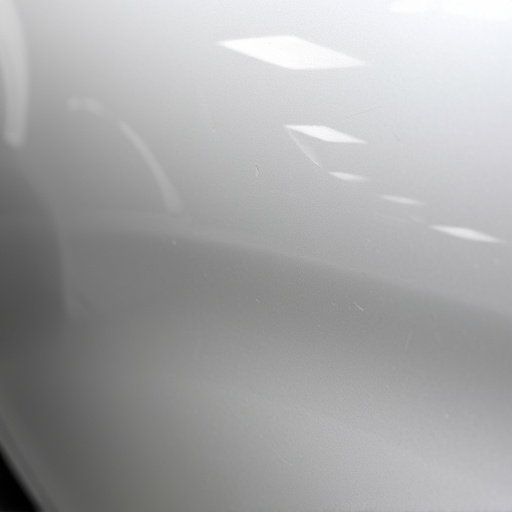
Performing a Tesla totaled vehicle assessment requires meticulous attention to detail and a systematic approach. Here’s a step-by-step guide to help you accurately evaluate damage and functionality:
1. Exterior Inspection: Begin by thoroughly examining the car’s exterior for dents, cracks, or any signs of structural damage. Check the condition of wheels, tires, windshields, and all external components. Note down any significant scratches, dings, or paint issues using detailed photographs. This initial assessment helps identify major repairs needed, including potential car body restoration or replacement.
2. Interior Review: Next, move inside the vehicle to assess the interior for damage. Inspect seats, dashboards, door panels, and other trim pieces for tears, stains, or functional failures. Test all electronic components like screens, sensors, and controls to ensure they operate correctly. Even minor issues like car scratch repair or paint touch-ups should be documented for accurate valuation.
3. Mechanical Evaluation: Check the engine bay and underbody for any leaks or signs of water damage. Assess the functionality of vital mechanical systems such as the engine, transmission, brakes, and suspension. A thorough check ensures that no underlying issues are overlooked, especially in the event of severe impact.
4. Safety Features Testing: Test all safety features like airbags, seatbelts, and collision avoidance systems to confirm proper functioning. These components are critical for a Tesla totaled vehicle assessment as they significantly influence its overall safety rating and resale value.
5. Documenting Findings: Throughout the process, maintain detailed records of your observations, taking numerous photographs from various angles. This comprehensive documentation serves as a reliable reference for estimating repair costs and determining the car’s overall condition, facilitating a fair evaluation.
Key Components: Legal Considerations and Insurance Claims
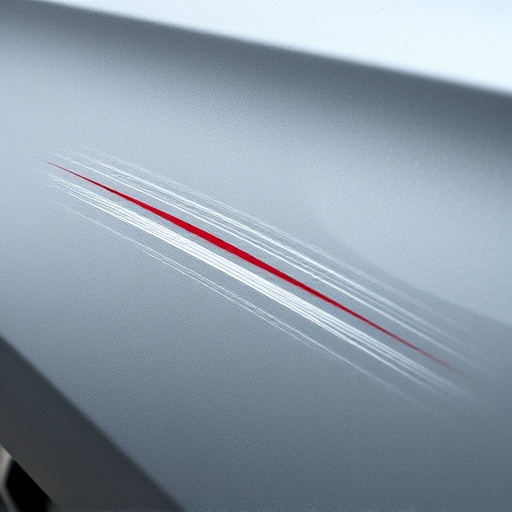
When conducting a Tesla totaled vehicle assessment, legal considerations and insurance claims are paramount. In many jurisdictions, the process involves detailed documentation to ensure compliance with regulations governing totalled vehicles. This includes reporting the damage to both local authorities and the insured party’s insurance provider. Understanding the legal framework ensures that all parties involved are protected and any potential disputes can be resolved efficiently.
Additionally, navigating insurance claims is crucial. The assessment should meticulously document the extent of the damage, including but not limited to, auto glass replacement, car dent repair, and other necessary components. This information is critical for the insurance company’s evaluation and claim processing. A comprehensive assessment facilitates a smoother claims process, potentially expediting repairs or replacements for the vehicle owner.
Performing a thorough and accurate Tesla totaled vehicle assessment is crucial for both legal compliance and ensuring fair insurance claims. By understanding the standards, following a structured guide, and considering key components like legal aspects and insurance procedures, you can navigate this process effectively. Mastering the art of Tesla totaled vehicle assessment empowers you to make informed decisions, protect your interests, and contribute to a seamless transition for all parties involved.

